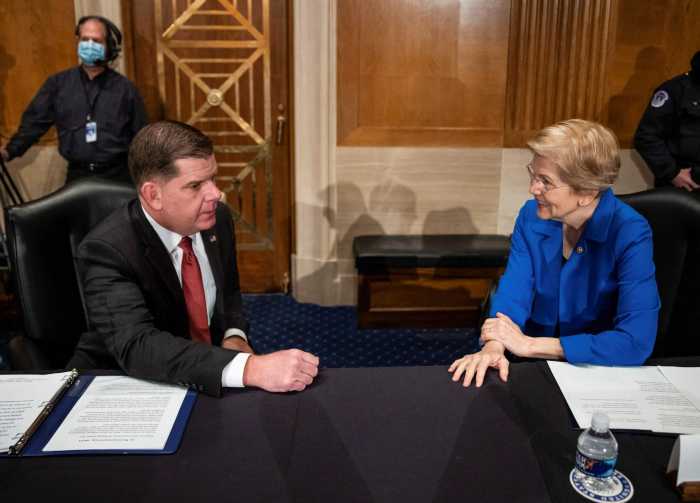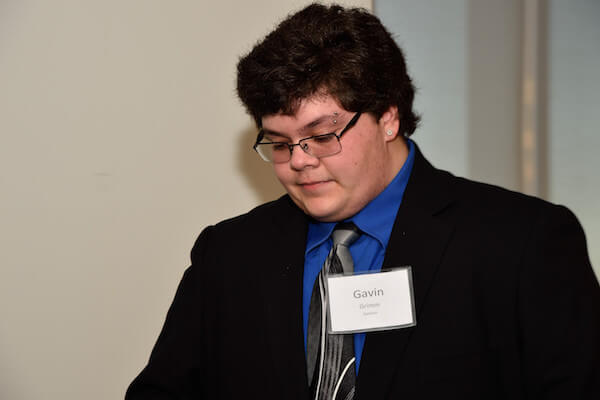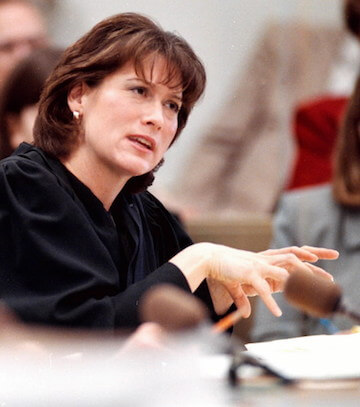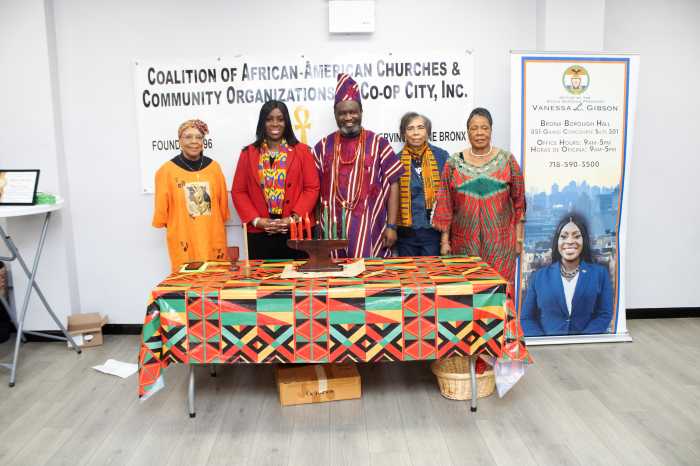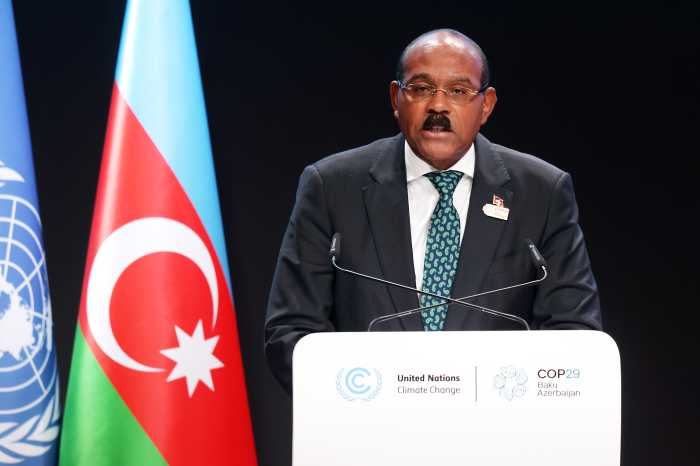On May 2, Politico published a document that purported to be a first draft by Supreme Court Justice Samuel Alito for a decision by the court in Dobbs v. Jackson Women’s Health Organization, a case argued in December in which the court has an opportunity to overrule Roe v. Wade and Planned Parenthood v. Casey, the key cases from the last century holding that pregnant people have a constitutional right to abort their pregnancies prior to viability of the fetus, generally set at about 22-23 weeks. The Mississippi law prohibits most abortions after 15 weeks of pregnancy. Lower courts ruled that the law is inconsistent with the Supreme Court’s precedents, and held it unconstitutional. The state appealed.
After the court hears oral arguments, it holds a conference at the end of the week to discuss the cases argued and take tentative votes on how they should be decided. If a majority supports a particular outcome and the chief justice is in the majority, the chief justice assigns either themselves or one of the other justices in the majority to draft an opinion for circulation. If the chief justice is not in the majority, the most senior justice in the majority assigns the task of producing a first draft. Once a draft is circulated, other justices decide whether to “sign on,” write a concurring opinion, or dissent. Only a written opinion that is signed by at least five members of the court is considered the opinion of the court. If no opinion draws five signers, but concurring opinions support the result, the opinion supported by the most justices is issued as a plurality opinion, but is not a definitive statement of the reasons for the result, as the concurring opinions necessary to make up a majority must be taken into account.
The court issued no immediate comment about the unauthorized leak, although those who quickly inspected it concluded that it looked genuine. The court subsequently confirmed that it was “authentic” but not the final opinion of the Court. A transmittal slip attached to what appeared to be a photocopy of the document, headed “1st Draft,” showed that it was circulated to the members of the court on February 10. The only justice whose name appears on the draft is Alito, but according to news accounts circulating on May 3, five justices — Thomas, Alito, Gorsuch, Kavanaugh and Barrett, all Republican appointees — voted in conference to support overruling Roe v. Wade and Planned Parenthood v. Casey, reversing the Fifth Circuit. The Democratic appointees, Stephen Breyer, Sonia Sotomayor, and Elena Kagan, would have affirmed the Fifth Circuit, holding the law unconstitutional. Chief Justice Roberts was, predictably, somewhere in the middle, wanting to let the Mississippi law stand but opposed to overruling Roe and Casey outright. His doubts about overruling Roe and Casey make no difference to the outcome, since five votes to overrule are sufficient to do so under the court’s operating procedures.
Alito’s first draft is just that, a first draft, not a final opinion reflecting the responses of his colleagues to his effort. The final opinion to emerge from the court, probably toward the end of its term in June or early July, may be different as a result of the ongoing discussion among the justices about what the opinion should say.
Alito’s draft is very clear on one point: The majority of the court agrees that Roe v. Wade and Planned Parenthood v. Casey were wrongly decided and that the proper place for abortion policy to be made is in legislatures, not the courts. Alito and his majority colleagues are textualists, and the failure of the Constitution to mention abortion is, to them, a strong argument against deeming the right to an abortion a fundamental Constitutional right.
In addition, Alito questions the history and reasoning on which Justice Harry Blackmun based the 1973 Roe decision, as well as the reasoning of the three justices — Anthony M. Kennedy, David Souter, and Sandra Day O’Connor — who formed the middle group of the Court that produced the governing opinion in Casey, which sets “viability” as the point at which the state’s interest in protecting fetal life overcomes the pregnant person’s interest in terminating the pregnancy. Alito channels comments from the dissenting opinions in those cases, as well as prominent politically liberal academic scholars who heavily criticized the reasoning and work product of the Court in those cases, even though these critics believe that people should have a right to terminate their pregnancies at some point.
Alito’s draft is clear on another point. In briefing and at oral argument, the solicitor general, representing the Biden administration, suggested that overruling Roe and Casey would “threaten the court’s precedents holding that the due process clause protects other rights,” specifically noting Obergefell v. Texas (marriage equality), Lawrence v. Texas (gay sex), and Griswold v. Connecticut (contraception). Alito denied this.
“As even the Casey plurality recognized, ‘abortion is a unique act’ because it terminates ‘life or potential life,’” and he goes on to quote from the Roe opinion that abortion is “inherently different from marital intimacy,” “marriage,” or “procreation.” “And,” he continued, “to ensure that our decision is not misunderstood or mischaracterized, we emphasize that our decision concerns the constitutional right to abortion and no other right. Nothing in this opinion should be understood to cast doubt on precedents that do not concern abortion.”
If Alito intended that as a commitment by a majority of the court, we will have to wait and see whether a similar passage appears in the court’s actual opinion, or whether some of Alito’s compatriots in the majority insist on taking it out because they do see this opinion as undermining the basis of those earlier rulings.
In Griswold, where many justices wrote separate opinions, Justice William O. Douglas set out a theory of constitutional privacy by drawing strands from several different amendments. In Roe, Justice Blackmun, also referring to privacy, placed it in the due process clause of the 14th Amendment. In Casey, the plurality opinion jettisoned the term “privacy” and instead situated abortion rights in the “liberty” explicitly protected by the due process clause, in order to give it a textual basis. Justice Kennedy, who is generally believed to have authored the part of that decision devoted to “liberty,” relied on that concept heavily in his decisions for the court in Lawrence v. Texas (2003) and Obergefell v. Hodges (2015).
Thus, Alito’s discussion of the liberty theory is important. Although he doesn’t repudiate “substantive due process” in his draft, he sets out a detailed analytical framework for determining when the due process clause restricts the government from making policy decisions on issues that are not explicitly mentioned in the Constitution, and if one follows his analytical method, the results in Lawrence and Obergefell seem open to challenge, depending upon the degree of generality or specificity with which a constitutional right is claimed.
Alito leans heavily on “history and tradition” as a source of identifying those fundamental rights not explicitly spelled out in the Constitution, and repudiates in detail the historical story told by Blackmun in Roe v. Wade, attaching a lengthy appendix to his draft listing and describing the numerous state laws banning abortions that were in existence in the 1860s when the 14th Amendment was adopted to counter Blackmun’s argument that early-term abortions were freely available in the US at that time and were never outlawed under the judge-made “common law.” Thus, Alito argued, identifying a right to abortion as a fundamental right long enjoyed by Americans was counter to history and tradition. Until Roe was decided, most abortions would be illegal throughout the country.
If one views Lawrence and Obergefell at the specific level of same-sex marriage and oral and anal sex, it is undoubtedly true that there is no long history in this country of allowing same-sex marriages, and there is a long history of criminalization of oral and anal sex, which was still criminal in many states when Lawrence was decided in 2003. If one goes to a more general level, however, as the court did in Obergefell, and rests on the longstanding fundamental right to marry in general, the issue really becomes one more of equal protection — whether it is appropriate to exclude same-sex couples from the same right to marry enjoyed by different sex couples. Similarly, one could more generally say that it is an aspect of “liberty” that the state keeps hands off private consensual sexual activity between adults, including within that, as a matter of equality, the right of same-sex adult couples to engage in private consensual sexual activity.
As an academic before she became a judge, Ruth Bader Ginsburg wrote critically about Roe v. Wade, taking the position that it should have been decided as an equality case, not a privacy case, but at the time of Roe, the court had not yet embraced the view that sex discrimination deserved heightened scrutiny from the courts under the equal protection clause — a body of case law that Ginsburg played a large role in winning as an advocate for the ACLU. In Lawrence v. Texas, Justice O’Connor concurred in the result by arguing that the Texas sodomy law violated the equality rights of gay people. One could have made a similar argument in Obergefell, but Justice Kennedy, enamored with his fundamental liberty argument, wrote the Equal Protection portion of his opinion in a way that relied on finding same-sex marriage to fall within the sphere of fundamental rights.
Would a final ruling striking down Roe and Casey endanger LGBTQ rights to have sex and to marry? Possibly so, depending how the opinion is written. Alito’s opinion shows that the current conservative majority of the court generally will not hesitate to overrule prior decisions that it considers to have been wrong in the first place. To bolster his analysis of the “precedent and stare decisis” part of the opinion, Alito produces a long footnote listing cases overruling earlier cases, among them Lawrence v. Texas (overruling Bowers v. Hardwick) and Obergefell v. Hodges (overruling Baker v. Nelson). And, of course, he includes one of the most famous and controversial overrulings: Brown v. Board of Education, which overruled Plessy v. Ferguson and its 19th century “separate but equal” doctrine used to justify official racial segregation. Perhaps the inclusion of Lawrence and Obergefell in this list was intended to signal Alito’s view that those were justified overrulings, another possibly reassuring sign. Only time will tell.
Meanwhile, much can happen between now and the final release of an opinion in the Dobbs case. Perhaps Chief Justice Roberts can convince one or more of the conservative justices to join with him to limit the scope of the opinion so as to modify rather than overrule the existing precedents. Alito points out that the Mississippi legislature presented a detailed pregnancy scenario to support its contention that the state’s interest in protecting potential life should be marked from the 15th week rather than the 23rd week of pregnancy, which could support upholding the law while preserving a fundamental right to terminate a pregnancy prior to the 15th week, which is the line drawn by several other western democracies. The danger to LGBTQ rights precedents is greatest if the court repudiates substantive due process entirely, which even Alito does not propose to do in this draft. Once again, only time will tell.

